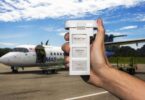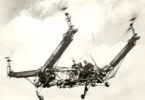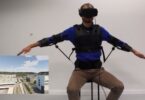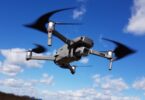Do you dream of making beautiful aerial shots like what we see on television? Or try your hand at aerobatic flight? Thanks to the new generation of recreational drones, it is possible. And without breaking the bank!
Originally reserved for the military, drones are now developing in the civil and consumer sectors. The market is booming. First of all, it is driven by professional demand, which has grown at an annual rate of 20-50% over the last 3 years. The media are making more and more use of them, in order to film aerial panoramas at a lower cost. It is seen in numerous television reports, showing dizzying flyovers or dives, both outdoors and indoors. These images would have been unthinkable only a few years ago or would have required extremely heavy technical resources.
Drones are also used in surveillance. Some models are even able to carry small loads, up to tens of kilos. Others can help firefighters spot a fire start or allow farmers to better manage their crops.
Large companies, such as Amazon and UPS, are also taking a close interest, experimenting with home delivery of parcels. Some experts predict that drones could account for more than 10% of Europe’s civilian air traffic within a decade.
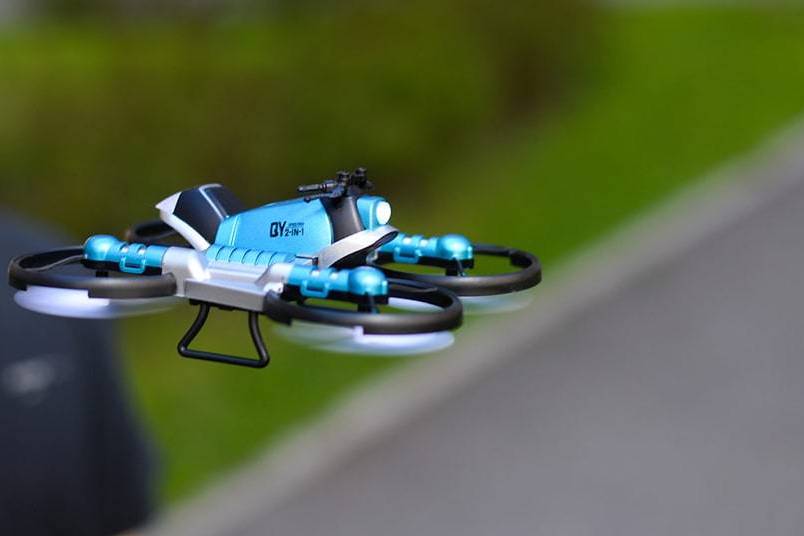
Regulation
You are not allowed to fly if:
- Above sensitive and protected areas (nuclear power plants, for example). Mapping is available on the Geoportal (bit.ly/LPP-drone) website and sometimes integrated into the drone’s navigation interface.
- In agglomeration, except above your home. In the countryside, in the mountains or by the sea, you should not fly over roads or national parks.
- At night.
- Above the audience.
- More than 150 m from the ground.
You have to:
- Respect the privacy of others, do not disseminate images without permission of the persons concerned or market them.
- Keep the drone within sight. We recommend that you always be 2 to fly: one monitoring the aircraft in the air, the other flying from the screen or FPV goggles and can, in case of danger, regain control during automatic tracking.
- For more information: the guide and video Use of a recreational drone: the 10 commandments are available on the website of the Ministry of Ecological and Solidarity Transition
Uses (amateur and recreational)
Recreational UAVs for individuals have not yet experienced the same growth, but this sector is gaining more and more weight. These devices benefit from numerous technical advances, as well as lower prices. In France, it sold more than 250,000 recreational drones in 2020, and that figure would have exceeded half a million in 2021.
These devices are, first of all, adopted by fans of racing aeromodelling. The practice of immersion flying acrobatic UAVs, thanks to virtual reality goggles that allow having a “first-person view” (FPV), is becoming more and more popular, whether indoor or outdoors ( outdoors). Championships, races, and festivals are now common in France or, at least, are no longer exceptional or marginal events.
Other followers: videographers and amateur photographers. After GoPro-type sports cameras, UAVsrepresent the new trend for those who want to take breathtaking shots. Models designed for this use have become the main growth engine of the recreational drone market.
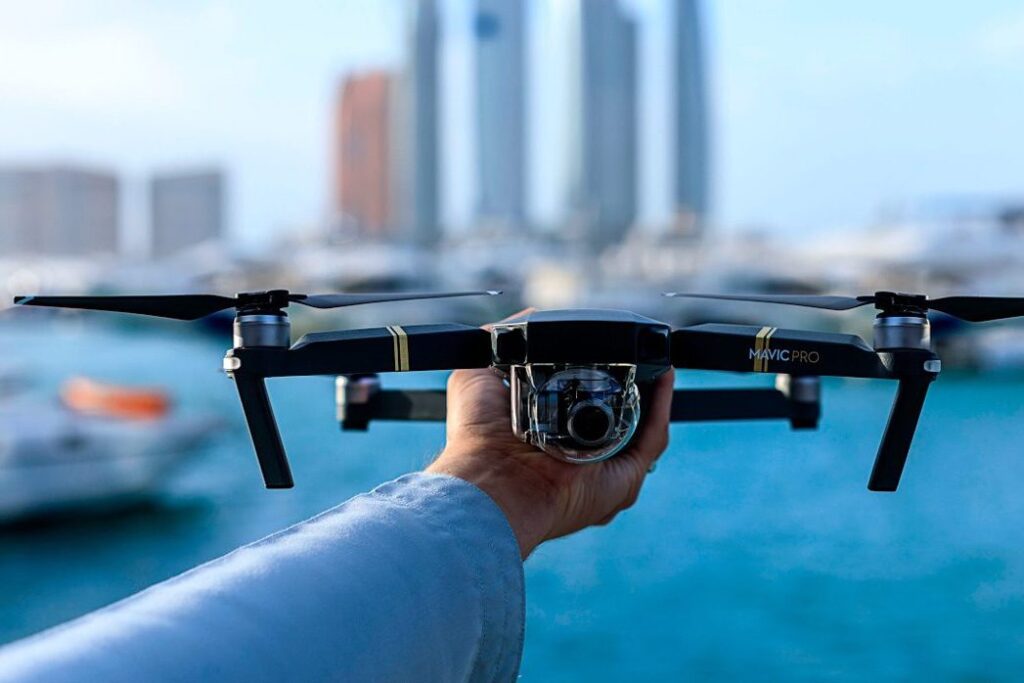
Drone and insurance, what obligations?
In principle, it is not necessary to have special insurance to fly a UAV. In case of property or personal damage caused to others by your device one, you are covered by your liability insurance and multi-risk home. However, it is always a good place to check that your contract does not include a clause excluding aeromodelling.
Handling and lightness or stability
Most drones are quadcopters (4 propellers), sometimes hexacopters (6 propellers). Apart from small entry-level toys (often gadgets of little interest), they are all equipped with a camera. Depending on their vocation, they can have important differences, and the criteria of choice are diametrically opposed.
Race or acrobatic models. Maneuverability, lightness, and responsiveness are the most sought after. The steering is done by radio waves using a specific remote control with 2 controllers. The user has total control of the commands. It is possible to spin or loop. No automation or safety system slows the movement or corrects a trajectory. Video feedback, most often in FPV with virtual reality goggles, should have as little latency as possible. For this reason, the image is usually in low resolution and color fidelity is not preferred. When races take place indoors or on a delimited field, the range of the controls is not a determining factor. Neither is battery life, because the larger the battery capacity, the heavier it is and affects the responsiveness of the device.
Shooting drones. These models are stabilized, heavier, and less responsive than the previous ones. On the other hand, they are equipped with multiple position sensors, sometimes very sophisticated, which facilitate and secure their steering. When the user drops the controls, the devices automatically return to their plates. Designed to operate outdoors, they can withstand wind up to tens of kilometers per hour and are able to hover, without drift and without the pilot having to intervene. Many devices are controlled by direct wi-fi from a smartphone or tablet. Some have a remote control with a screen, which can extend the range up to several kilometers. Battery life is an important criterion. On the best models, it offers up to half an hour of flight.
Image quality
High definition or 4K? On drones designed for shooting, the camera is orientable and the image quality preferred. It can shoot in high definition or 4K and take photos up to more than 20 megapixels. These images are recorded on an SD card, and a real-time return is sent to the flight screen. Except for entry-level devices, the camera is mounted on a stabilized kneecap or pod to maintain a horizontal plane when the drone leans forward or side to move. Shock absorbers and anti-roll systems blur bumps during accelerations and slowdowns. The camera can also be powered so that the angle can be adjusted in flight.
There are many more things to know before flying a drone for the first time but so far, the above is what you need.

